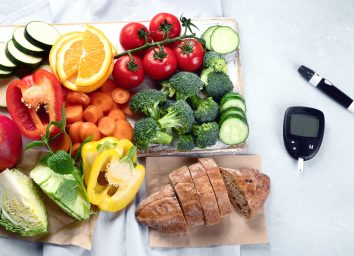10 Best Ways to Cut Your Diabetes Risk, According to Doctors
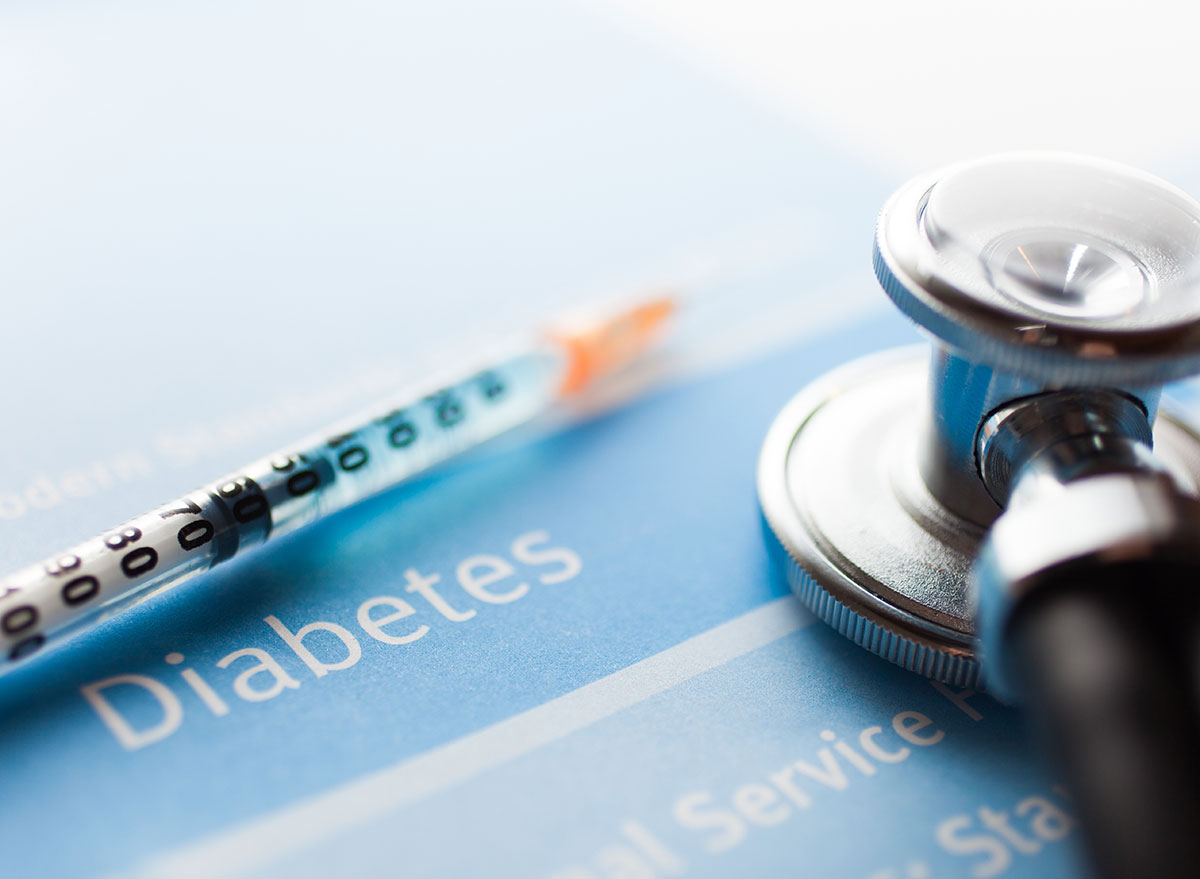
Unlike Type 1 diabetes, where the pancreas is unable to produce insulin, Type 2 diabetes is caused by either a lack of insulin or the body's inability to use insulin efficiently, which leads to high blood glucose levels. While Type 2 diabetes is the most common form of the disease, it's also preventable—and slashing your risk is easier than you think.
That's why we've consulted top doctors on how to cut your diabetes risk. Make these lifestyle changes to stay healthy ASAP. And while you're at it, be sure to try out any of these 21 Best Healthy Cooking Hacks of All Time.
Go Low-Carb
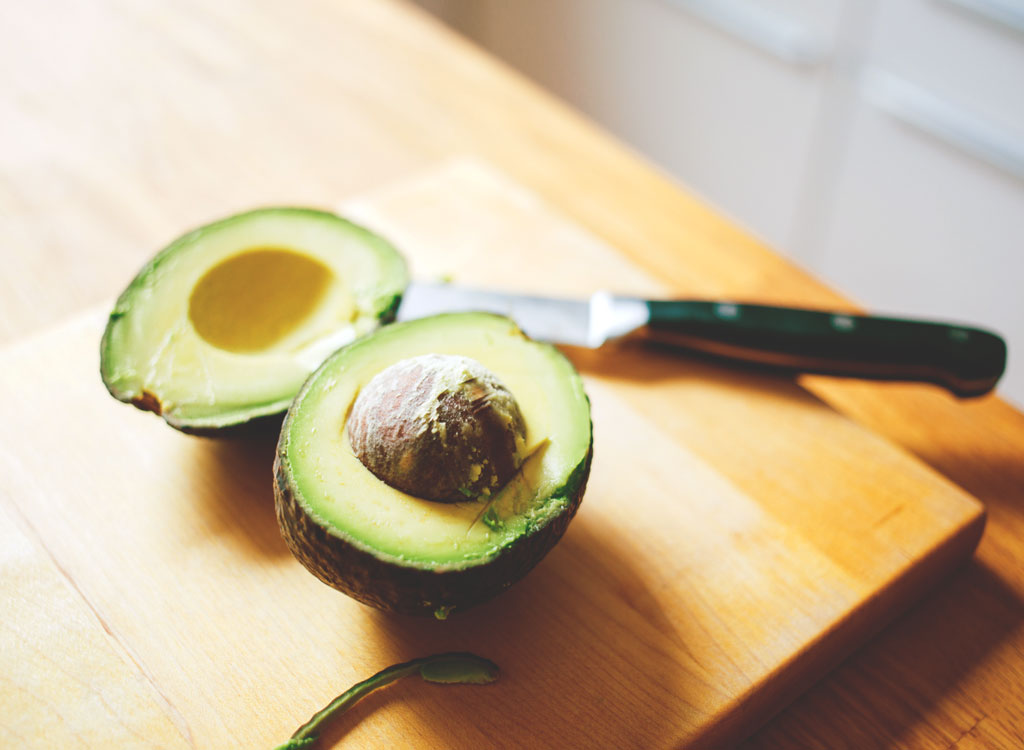
"Lower your carbohydrate intake, or try the Keto diet. Even if you are not following Keto strictly, you can still get your body adapted to burning fat to a degree rather than relying on glycogen or blood sugar for energy to keep your blood sugar balanced and prevent diabetes. Try to keep your carb intake as low as possible, add good fats such as avocado and coconut oil, avoid trans fats, keep your protein intake at a moderate level along with proper hydration and proper mineral intake. This will allow your body to use up carbohydrate stores of glycogen (sugar) and then turn on the fat-burning process to burn excess body fat cells as energy."
— Carolyn Dean, MD, ND
Change Your China

"One simple change that can reduce your risk of getting diabetes is to replace any large plates and glasses that you use for eating at home with smaller ones. We have a tendency to eat what is in front of us, and overeating increases the risk that one will get diabetes in the future. Shrink those plates and glasses, and your endocrine system will be grateful."
— Chirag Shah, MD
Choose Magnesium-Rich Foods
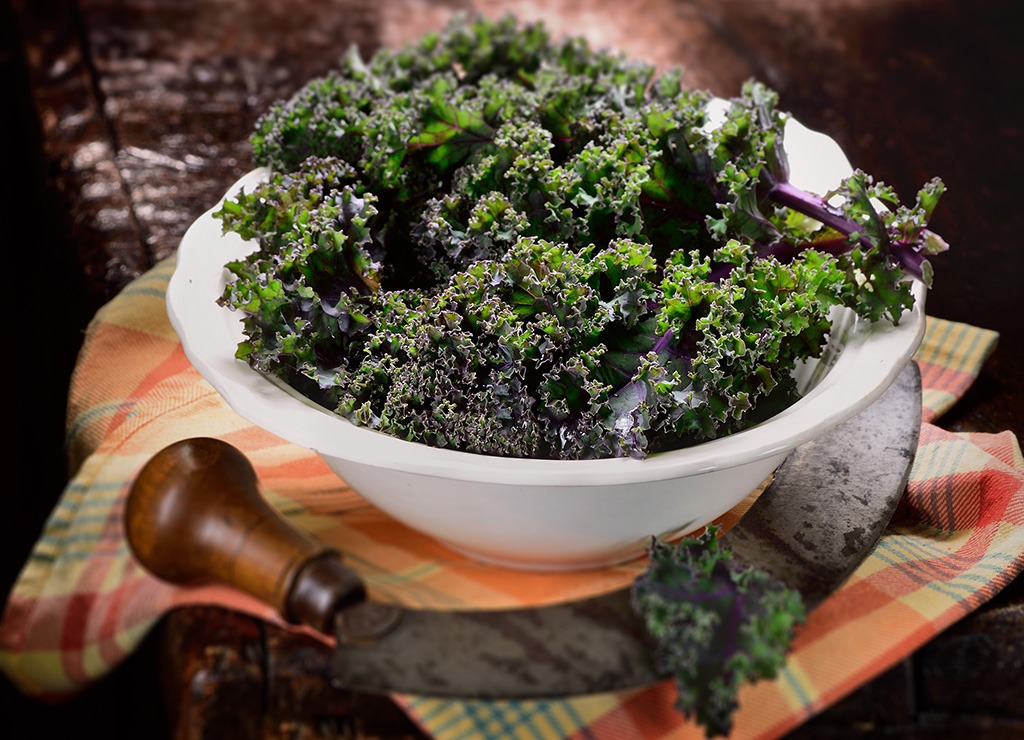
"Magnesium plays a pivotal role in the secretion and function of insulin; without it, Type 2 diabetes is inevitable. Measurable magnesium deficiency is common in diabetes and in many of its complications, including heart disease, eye damage, high blood pressure, and obesity. When the treatment of diabetes includes magnesium, these problems are prevented or minimized. High-magnesium foods include dark leafy green vegetables such as kale, Swiss chard, spinach, and nuts and seeds such as pumpkin seeds and pecans."
— Shah
Cut Processed Sugars
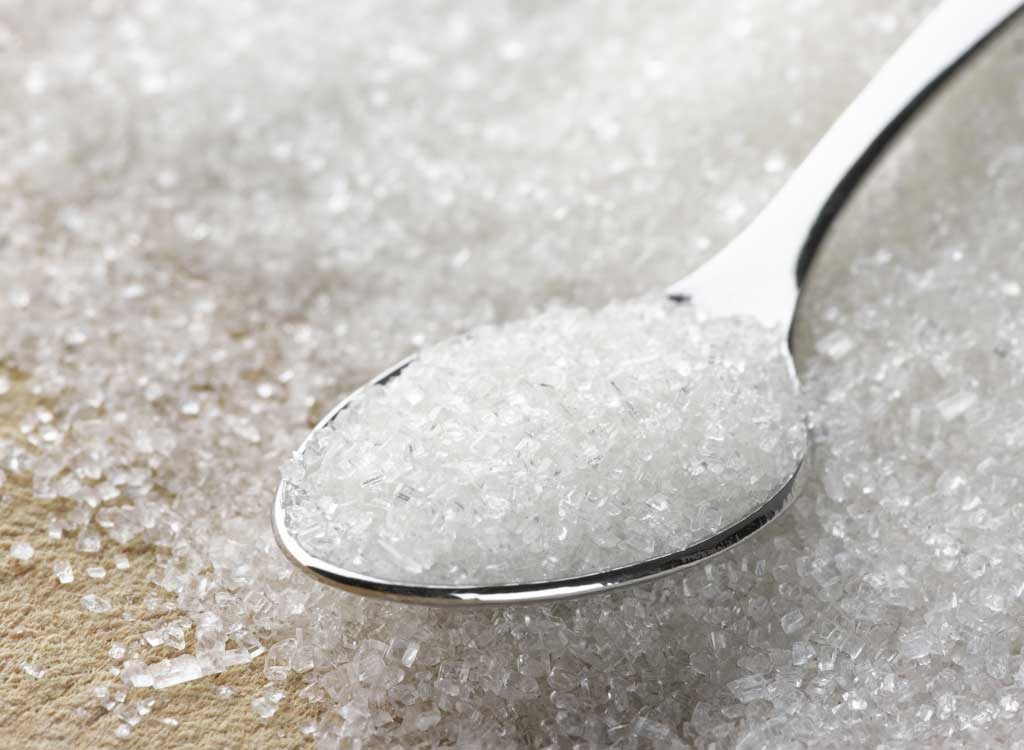
"Table sugar or added sugar is a non-nutrient that stimulates the production of insulin, shuts off fat-burning, and feeds intestinal yeast and bacteria causing dysbiosis, which studies have shown may contribute to diabetes. In the human bloodstream, at any one time, there are only two teaspoons of sugar. A soda has 10 teaspoons, while a milkshake has 25 teaspoons. This constitutes an emergency in the body to rapidly get that sugar out of the bloodstream into cells. Thus, insulin spikes and the sugar is removed. However, doing that constantly the pancreas can begin to fail, insulin levels fall, and the cells also become insulin-resistant, leading to diabetes. A diet high in sugar and other simple carbohydrates (which quickly convert to blood sugar) also puts you at risk for magnesium deficiency and inflammation."
— Shah
Kick The Habit

"Smoking increases your risk for diabetes, so say goodbye to the cigarettes. Smokers are more likely to develop diabetes than nonsmokers and are also more likely to experience health complications when managing their diabetes."
— David A. Roer, MD, FACP, FASH, FASN
Shop the Perimeter

"Shop the perimeter of your supermarket where you can find nutrient-dense foods like fruits and veggies. This helps you get nutrients shown to reduce your risk and avoid foods high in sugar, trans fat, and saturated fat."
— Roer
Go Low-Sodium
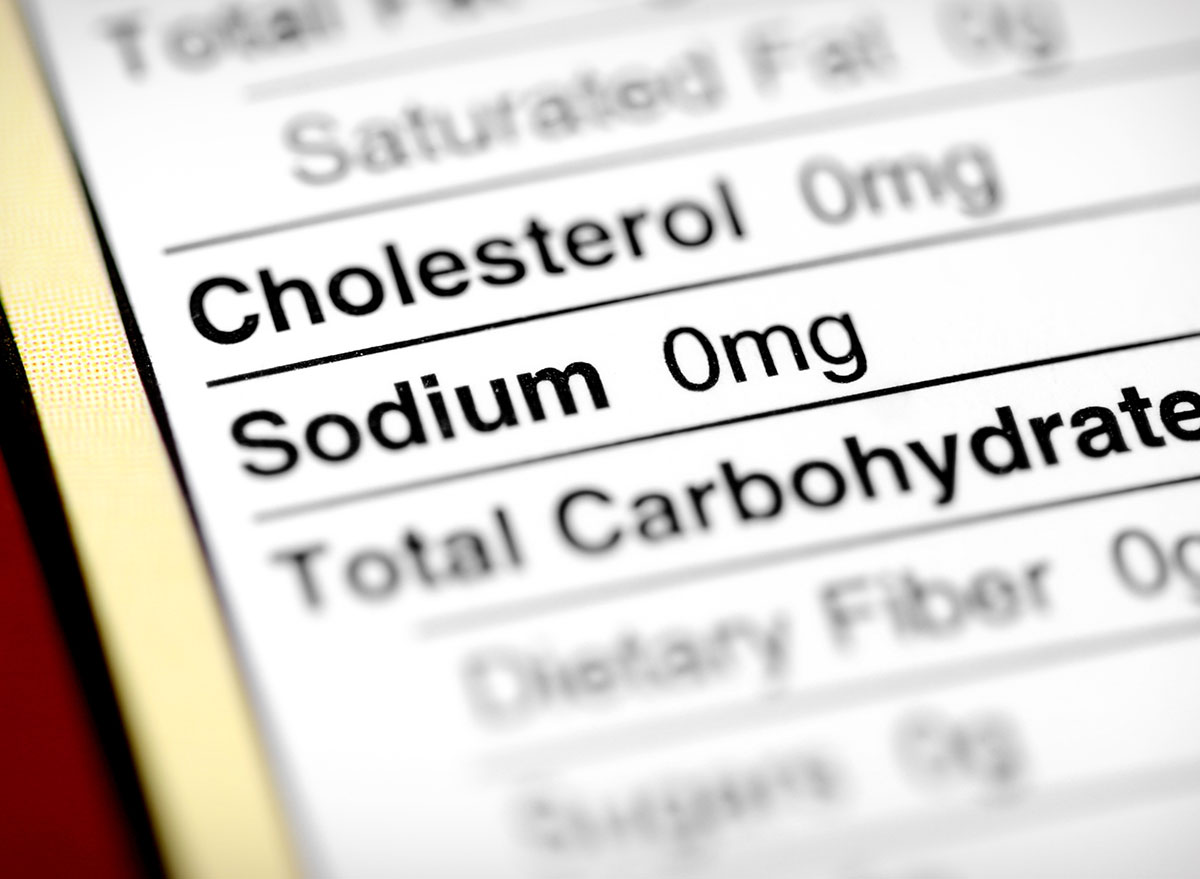
"Follow a low sodium diet to keep your blood pressure down. Opt for home-cooked meals with fresh ingredients instead of processed foods that often have high salt content."
— Roer
Stay Active

"Stay active and lose the weight. Obesity is the number-one risk factor for Type 2 diabetes. Whether it's walking, swimming, or hitting the park with the kids, find an activity you love that keeps you moving. Exercising as little as 30 minutes three days a week can help."
— Roer
Stay on Top of Routine Checkups

"Stay up to date with wellness exams and general health blood work. A healthy lipid profile (high good cholesterol HDL and low bad cholesterol LDL) means a lower risk for diabetes. In fact, a regular screening test for diabetes called Hemoglobin A1c can often bring early warning of impending diabetes, allowing for lifestyle modification before a bigger problem arises."
— Alyssa Dweck, MS, MD, FACOG
Get Lean
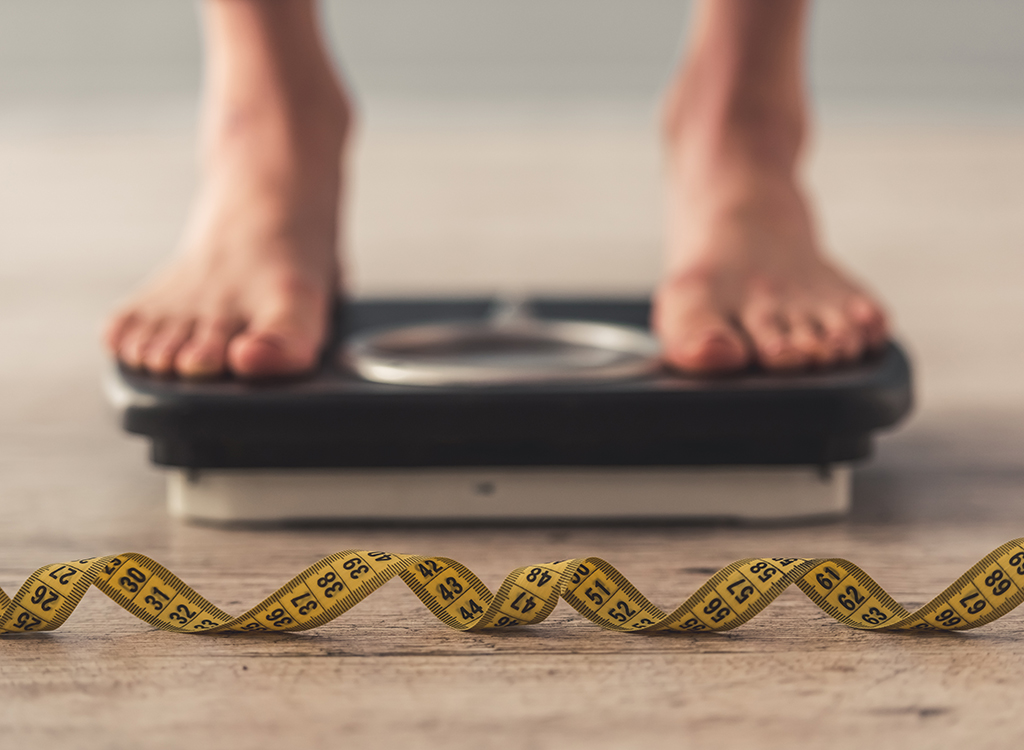
"Being overweight is likely the biggest risk for diabetes, especially as we age. This is particularly important for women in and after the menopausal transition when we naturally lose lean body mass and our muscle and metabolism typically slows down. Concentrate on diets rich in lean protein, healthy fats, and complex carbs in limited amounts, with a mindful attention to calorie moderation."
— Dweck



